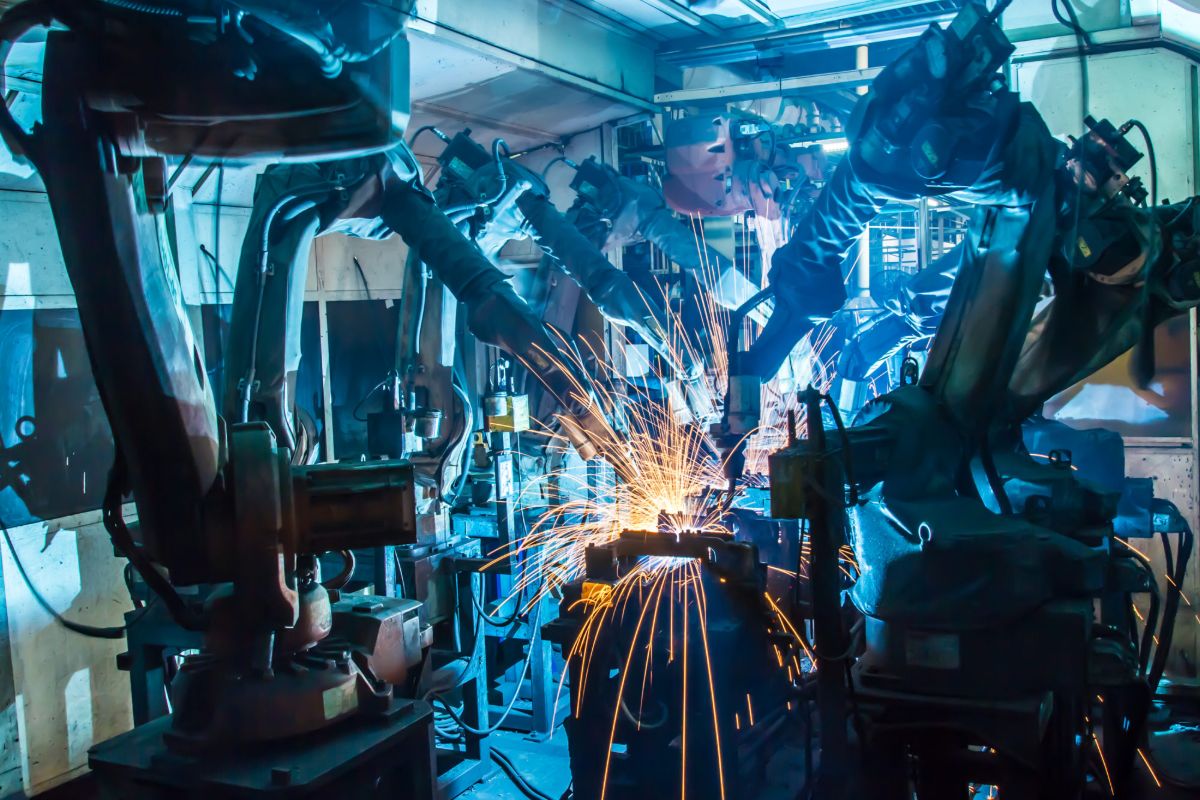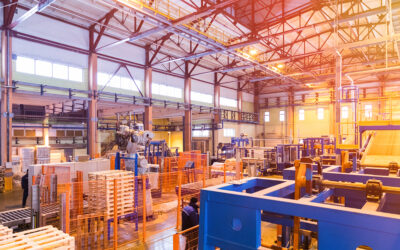Asset efficiency is key to lowering costs, improving OEE, and maximising productivity. But it’s difficult to uncover the challenges that are stifling machine and asset efficiency and hurting your bottom line.
Exploring the depths of your “hidden factory”—all the untapped potential for improved quality, cost, and productivity is the best way to discover potential asset efficiency improvements.
Let’s look at the most buried causes of inefficiency and how the industrial IoT (IIoT) is helping unearth and solve them.
Workforce efficiency
Worker efficiency is a key component of asset efficiency. With a better view of data and insights into how machines are operating, plant floor workers can be more productive themselves while driving better machine performance across the enterprise.
To fully optimise your workforce productivity, look for a technology that seamlessly connects people to real-time data and insights. Digital work instructions are a good first step, as they help drastically eliminate the rework, scrap, and time wasted from relying on outdated or missing maintenance and assembly instructions.
The IIoT enables plant floor operators to proactively react and respond to operational issues that impact efficiency. Real-world results show that the IIoT improves workforce productivity by equipping operators with the best information to:
- Avoid unplanned downtime through real-time visibility into issues that may impact production efficiency
- Increase quality through a better-trained, flexible workforce with less turnover
- Accurately capture all tool information for product genealogy and traceability, creating improved product quality through efficient process capture
From reducing downtime to improving quality and operations, IIoT connected workers expand the limits of machine, factory, and enterprisewide efficiency. A more efficient and aware workforce drives overall asset efficiency and helps create a holistically productive plant floor.
Asset efficiency
One major driver for any factory is asset efficiency. It’s easy to see why—if you use your equipment more effectively, you can cut costs, up production capacity, and save on labor. But if your assets are inefficient, your equipment can turn into a logjam that impacts your Overall Equipment Effectiveness (OEE), workforce efficiency, competitive standing, and bottom line.
Unplanned downtime
Unplanned downtime is one of the biggest drains on asset efficiency. Preventing and minimising unplanned downtime is key to avoiding bottlenecks that impede productivity, quality, and overall output.
In order to effectively increase efficiency, look for technologies that provide real-time performance data—along with powerful predictive and prescriptive analytics—that will help you uncover hidden causes of downtime and expose potential efficiency gains.
Industrial IoT (IIoT) increases real-time visibility across machines, lines, plants, and enterprises regardless of equipment age, manufacturer, or level of connectivity. Real-world results show that IIoT drives improvements in uptime by:
- Preventing unplanned downtime with predictive maintenance, which in turn increases machine availability
- Providing real-time visibility into asset performance and health with condition monitoring Exposing abnormal conditions with real-time alerts
The Impact of Uptime IIoT is proven to reduce unplanned downtime, a vital component of machine and asset efficiency. With more reliable assets, you also improve overall availability, performance, and quality—the three big components of OEE. Over the long-term, increasing asset uptime also influences costs for labor, materials, and overhead
Capital Expenditures (CapEx)
Manufacturers need to make the most of the CapEx they’ve invested today and budgeted for tomorrow. By ensuring efficient and safe asset operations, manufacturers can extend the useful life of equipment, while ensuring and increasing maximum output.
To get your money’s worth, look for a technology solution that holistically addresses common efficiency challenges. CapEx applies to the whole machine, people, and productivity ecosystem, and so should any technology that you onboard to help reduce CapEx.
The IIoT improves machine and asset efficiency, which reduces CapEx costs—which in turn frees up capital to drive other efficiency improvements. Real-world results show that IIoT helps CapEx budgets by:
- Improving OEE and machine efficiency through real-time health monitoring and predictive maintenance
- Ensuring safe operating conditions that extend machines’ useful life and reduces risks, saving CapEx maintenance costs
The Impact of Improved CapEx As machine and asset efficiency increases, CapEx is reduced. This leads to more budget flexibility to truly solve problems beyond reducing downtime, improving availability, increasing product quality, and other OEE-based concerns—those have been taken care of with real-time data, empowered workforces, and improved efficiency. Choosing IIoT as a CapEx solution optimises efficiency and opens innovation in new ways.
Find out how your organisation can your Hidden Factory and learn how leading organisations like Wyld Networks, Digital Catapult, Device Authority, InVMA and PTC are working to help accelerate the fourth industrial UK revolution and take a tour of Digital Catapult’s Future Networks Lab.



